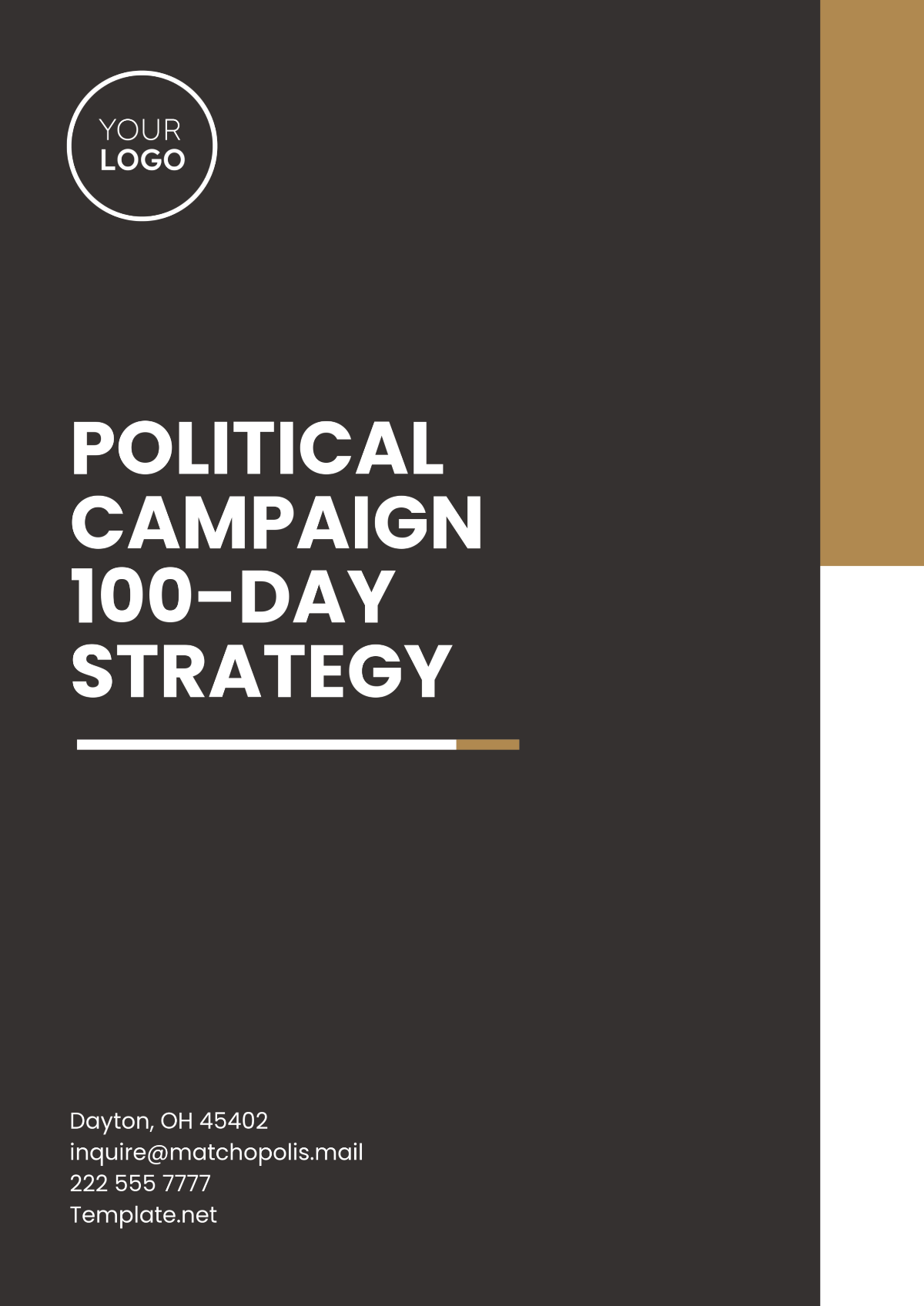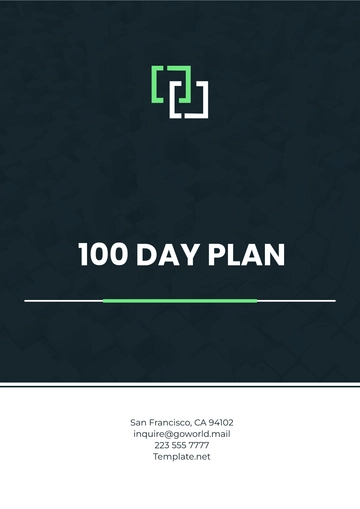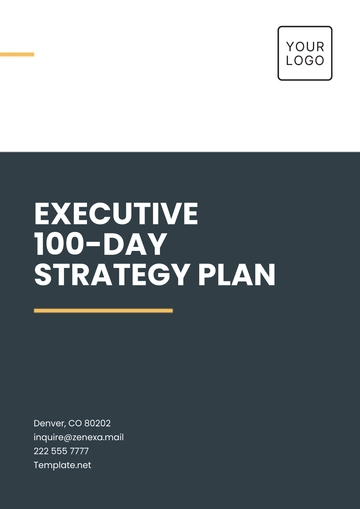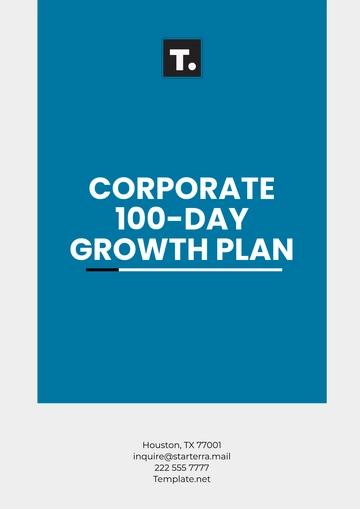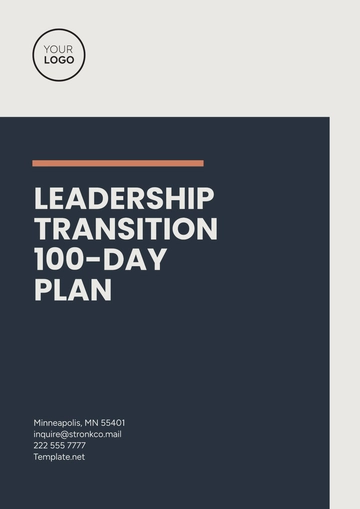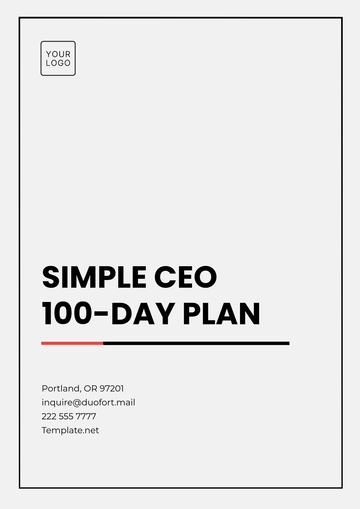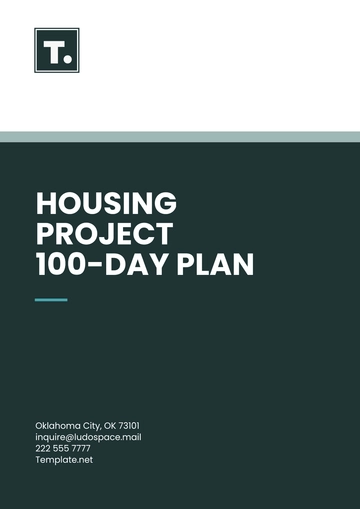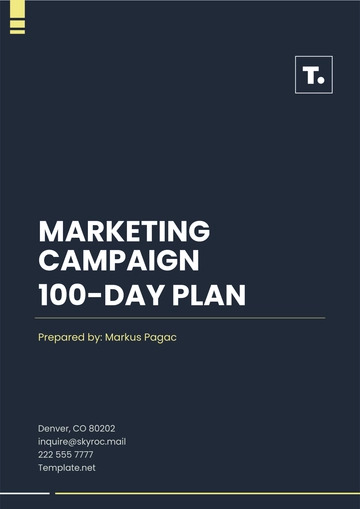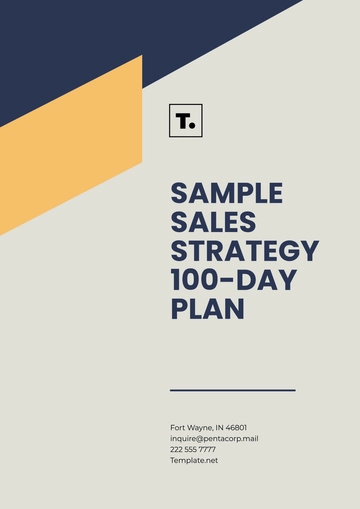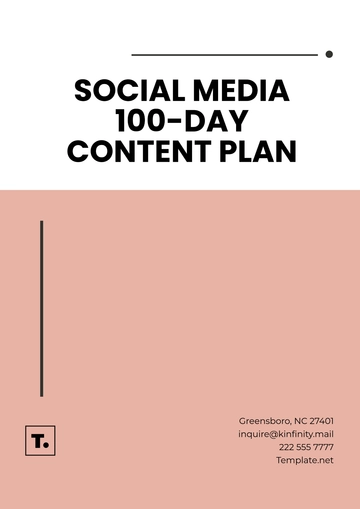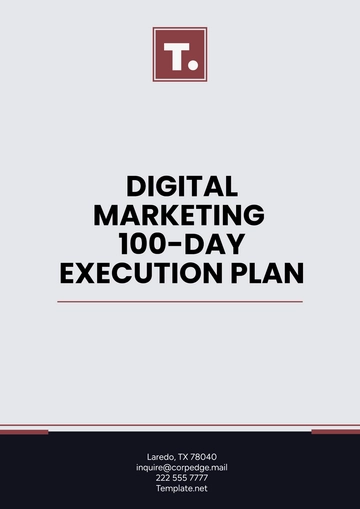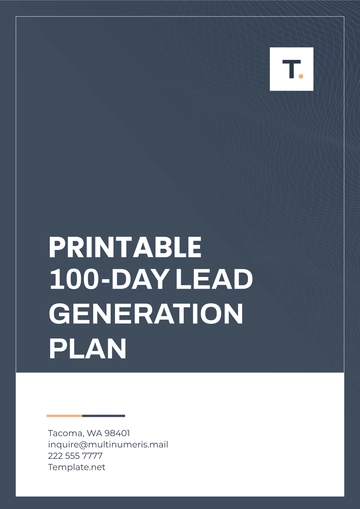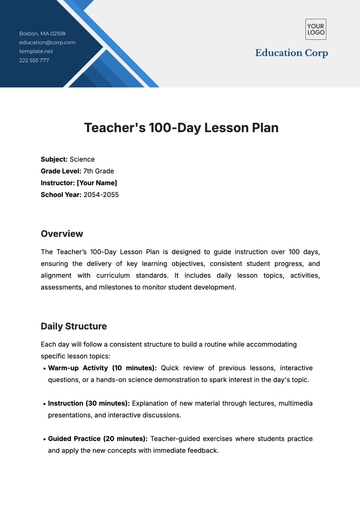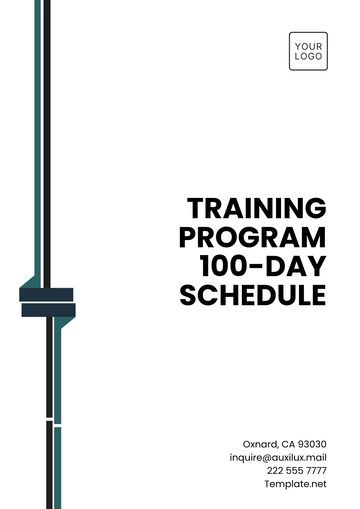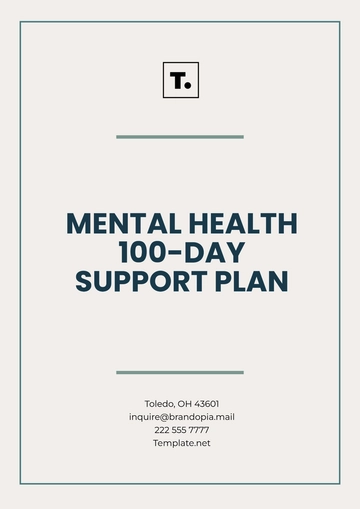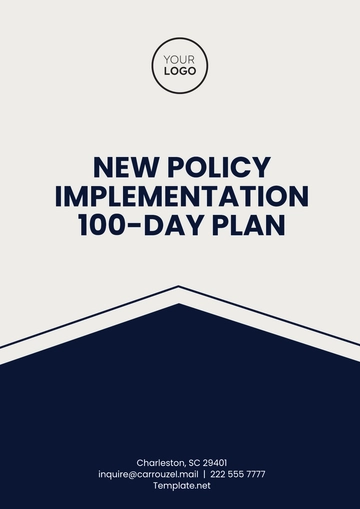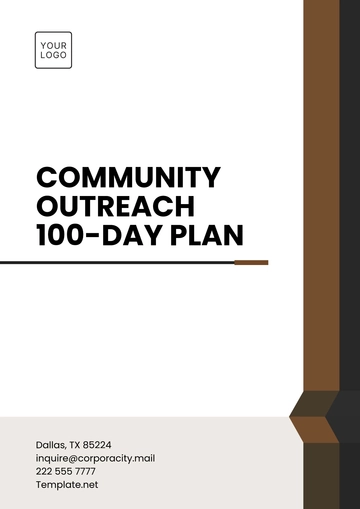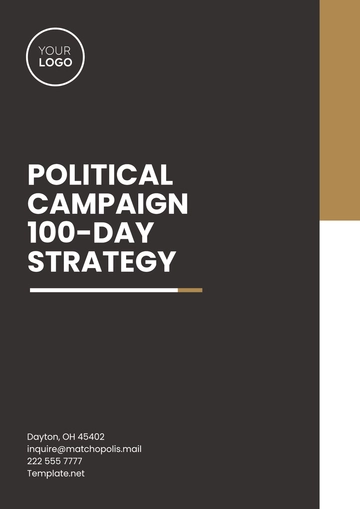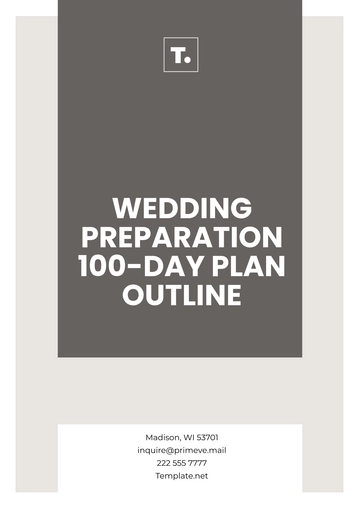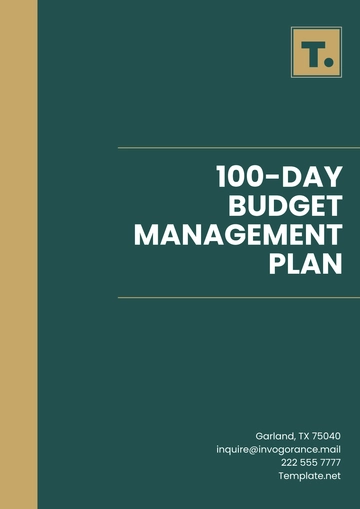Political Campaign 100-Day Strategy
Prepared by:
[Your Name]
[Your Company Name]
Introduction
A Political Campaign 100-day Strategy is an essential tool for outlining the early stages of a political campaign. It sets the groundwork for success by creating a roadmap that ensures the campaign hits key milestones, builds momentum, and establishes the candidate’s presence in the political landscape. The first 100 days of a campaign are crucial for voter outreach, fundraising, media engagement, and shaping public perception. This strategy is designed to guide the campaign team through these vital stages and maximize impact.
Day 1 to Day 30: Foundation and Awareness
Objective
Establish the Campaign Framework and Public Presence
Campaign Team Structure:
Hire key staff members, including a campaign manager, communication director, event coordinator, fundraising manager, and data analyst.
Organize internal operations, define roles, and set up communication channels.
Branding and Messaging:
Develop the campaign’s brand, including the logo, tagline, and visual identity.
Craft the core message that resonates with target demographics, focusing on the candidate’s key values, issues, and vision for the future.
Launch a campaign website and social media profiles.
Voter Outreach Strategy:
Identify key voter demographics and constituencies.
Implement a voter outreach plan, including email campaigns, targeted digital ads, and initial phone banking efforts.
Schedule listening tours and meet-and-greets to personally engage with voters.
Media and Communications:
Develop a press release announcing the candidate’s official entry into the race.
Begin outreach to local media outlets for interviews and articles.
Establish a social media content calendar, including regular posts and video updates from the candidate.
Day 31 to Day 60: Expansion and Engagement
Objective:
Increase Voter Engagement and Build Public Momentum
Fundraising:
Launch a fundraising campaign through online donations, events, and phone calls.
Set specific financial goals for the first 60 days, targeting both small donors and larger political action committees (PACs).
Host a virtual or in-person fundraising event featuring the candidate and key supporters.
Organizing Events:
Plan and execute local town hall meetings, community events, and debates.
Organize rallies and canvassing operations to engage with voters in targeted areas.
Partner with local organizations to co-host events that align with the candidate’s values and issues.
Expand Media Presence:
Begin running digital ads targeting key swing districts and demographics.
Pitch guest op-eds, interviews, and television appearances to increase visibility.
Launch a candidate blog to regularly share policy updates, personal stories, and responses to current events.
Polls and Feedback:
Day 61 to Day 90: Strengthening and Refining Campaign Strategy
Objective:
Consolidate Support and Expand Campaign Reach
Community and Voter Outreach:
Ramp up phone banking, door-to-door canvassing, and community outreach to strengthen relationships with constituents.
Establish volunteer teams in key regions to help with voter registration, canvassing, and event support.
Utilize targeted messaging through direct mail campaigns to inform voters about the candidate’s stances on key issues.
Enhanced Media Engagement:
Increase media appearances, including interviews on television and radio, as well as in podcasts and on social media platforms.
Strengthen relationships with political journalists and bloggers to secure regular coverage of the campaign.
Focus on key policy issues that resonate with the electorate, ensuring that the candidate’s message is clear and prominent in public discussions.
Fundraising Push:
Conduct a major fundraising push, aiming to exceed the 90-day goal set at the start of the campaign.
Host exclusive donor events with the candidate, offering a platform for deepening financial support.
Launch a donor recognition program to incentivize future contributions.
Refining Strategy:
Review voter feedback, poll results, and media coverage to refine the overall strategy.
Adjust campaign messaging and focus areas based on emerging issues or shifts in public opinion.
Prepare for a series of public debates, media appearances, or endorsements that could influence the race.
Day 91 to Day 100: Mobilization and Visibility
Objective:
Mobilize Volunteers and Solidify Candidate’s Public Profile
Volunteer and Supporter Mobilization:
Organize and train a strong volunteer base to support voter registration, canvassing, and get-out-the-vote efforts.
Develop and distribute campaign materials, including yard signs, bumper stickers, and flyers, to enhance visibility.
Launch a phone-banking blitz to connect with undecided voters and confirm support from supporters.
Media and Ad Campaigns:
Roll out targeted ad campaigns, both digital and traditional (television, radio), to increase visibility in key battleground areas.
Plan an ad buy strategy for the final stretch of the campaign, ensuring that advertisements align with the candidate’s key messages and target demographics.
Promote the candidate’s policy platform and leadership qualities through compelling storytelling in media appearances.
Debates and Public Engagements:
Prepare the candidate for debates and public forums with in-depth research and mock debates.
Attend high-profile community events to continue expanding visibility and showing a commitment to constituent concerns.
Engage with influential political figures and local leaders for endorsements.
Final Fundraising Effort:
Conduct a final fundraising push, maximizing contributions to secure the necessary resources for the final stretch of the campaign.
Launch a "last chance" donation campaign for supporters to show their backing.
Conclusion
The first 100 days of a political campaign set the foundation for future success. By focusing on building a strong team, establishing a clear message, and creating early visibility, a candidate can lay the groundwork for continued momentum. Through strategic outreach, media engagement, and fundraising, the campaign will establish itself as a serious contender in the race. As the campaign moves beyond the 100-day mark, it will be crucial to maintain and build upon the energy generated during this period to sustain support through the election.
Plan Templates @ Template.net
